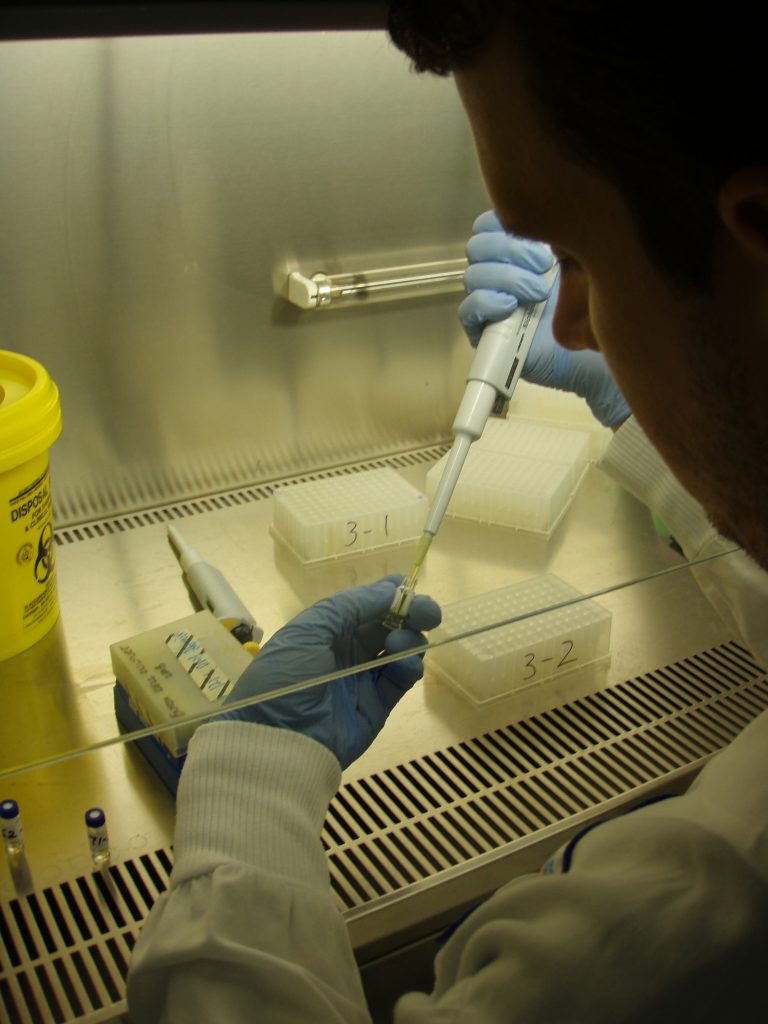In Vitro Bioassays: Current Status and Future Application for Water Management
It is becoming increasingly difficult to protect our water sources against chemical pollution from growing urbanisation and social and technological development. With tens of thousands of chemicals in commercial use and millions of possible environmental transformation products, it is becoming gradually more difficult (some might say impossible) to detect and identify individual chemical contaminants in water. And that’s just detection … how can we assess the risk of something we can’t even detect? It’s the good old “unknown unknown” problem. Conventional chemical monitoring techniques simply cannot keep up with our chemicals industry. Clearly, an alternative is needed. Enter bioassays, stage left.

Bioassays are tests that rely on exposing a biological system to a water sample in order to detect or predict whether exposure to the water (and its contaminants) would adversely affect a living organism, including humans. When conducted with molecules and/or cells instead of whole organisms, these tests are called in vitro bioassays, and often referred to as bioanalytical tools. In vitro bioassays have many of the advantages of classical bioassays (they don’t require a priori identification of the potentially toxic chemicals and detect chemicals by their effect, not their chemical structure; and they can integrate potency and concentration of all chemicals to produce a sum of the mixture effect), and some of the advantages of conventional chemical analysis (they raise no ethical concerns, deliver high throughput, and are relatively cheap). They do, however, have some unique limitations, such as no integration of high-order effects nor toxicokinetics into analysis, which have meant that while scientists have whole-heartedly embraced these alternative toxicity testing methods as an additional tool in their toolbox, regulators and water providers have been more conservative and sceptical of their applicability.
The Global Water Research Coalition has recently asked two experts in this field, Profs Shane Snyder and Fred Leusch, to put together a brief outlining the current applications and challenges behind the use of in vitro bioassays for water quality assessment, and an outlook for future bioassay applications in water management. The report highlights some of the current beneficial uses of in vitro bioassays, identifies several technical and conceptual issues limiting their greater use, and proposes solutions to overcome these real and perceived challenges. Ultimately, the brief notes that while these tools are not the ultimate solution to understanding the Pandora’s box that our chemicals and pharmaceuticals industry have opened -with our communal blessing, they greatly expand our ability to detect contaminants relevant to human and environmental health, and their more widespread application will allow us to make water safer.

